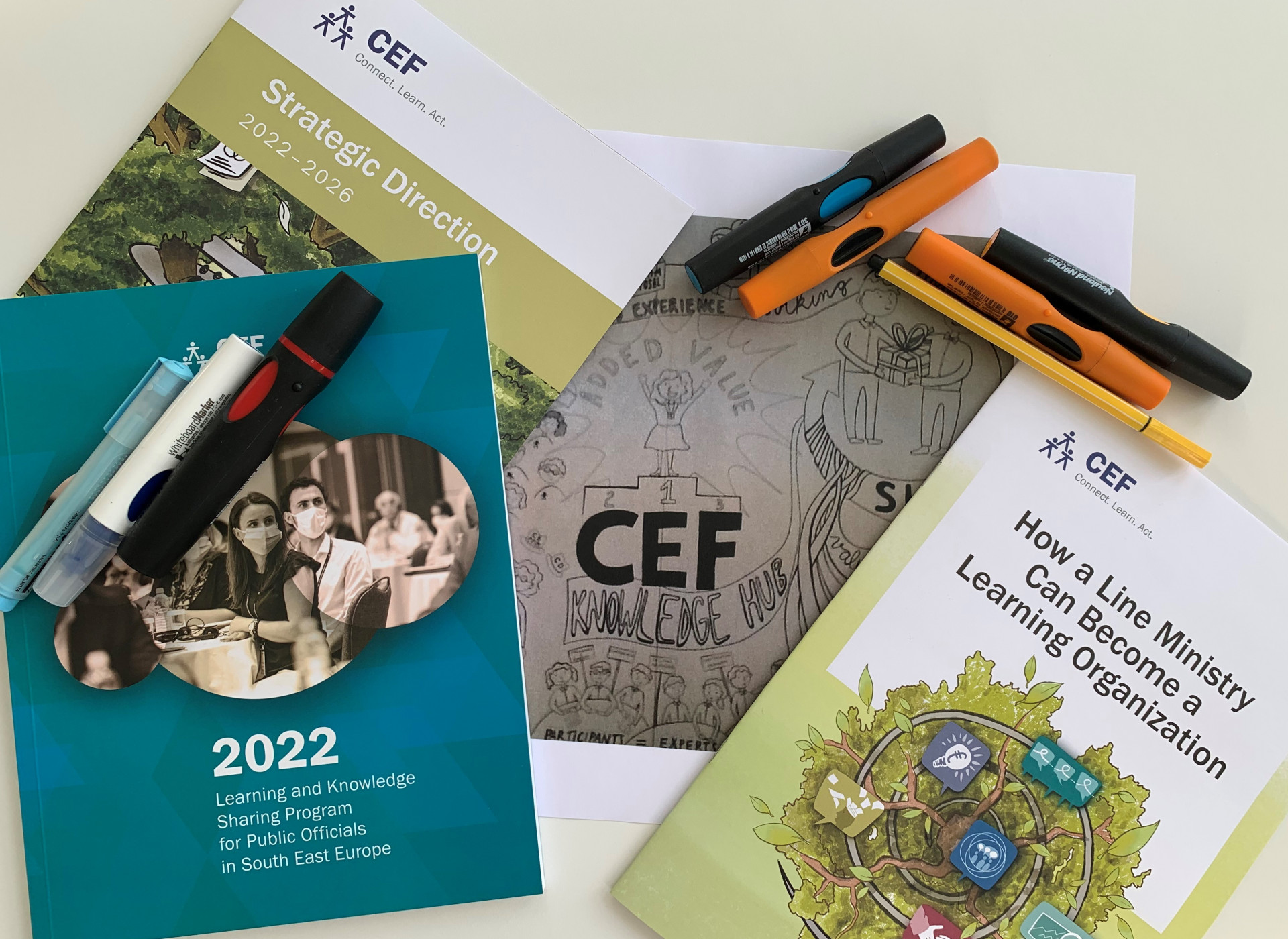People and Learning Are the Basis of Success in Public Institutions
What makes the difference between success and failure? When can we expect a long-term impact and when do we need to satisfy ourselves with short-lived improvements? How to assure orchestrated –instead of sole – changes towards growth and job creation?
Decades of dedicated participation in capacity development of the public sector have brought us important insights. While supporting public officials in learning and sharing knowledge, we’ve grown our own knowledge and capacity. We’ve been diving deeper and deeper into understanding what it takes for individuals, teams and institutions to learn, accumulate knowledge and skills, and make progress. This progress sometimes results in small improvements. However, together they can push significant reforms forward.
Institutions often initiate reforms with measures that change the institutional and regulatory framework. The reform process can continue with practical changes that improve the business environment, encourage innovation, and address numerous demographic challenges.
However, what makes institutions drive towards a tangible positive change and deliver on their mandates – their duties and promises towards citizens? We see it clearly: it is people and learning, and strategic investment in both of them. When we say people, we mean the ones who work in institutions, who lead institutions, as well as those who collaborate with these institutions.
It has to be acknowledged that public institutions do make strategic investment to implement reforms. This often means purchasing new equipment and systems, changing procedures, or engaging external experts. It can even mean establishing new, specialized institutions. However, they frequently forget to invest in their own human and expert capacity to carry out their mandate, that is the reforms, from the beginning to the end. Investment in human capital and expertise is sometimes not seen as the core one.
In many cases, this has a negative trickle-down effect on key institutional experts. They may work in departments that don’t support their professional development. This leads to demotivation and discouragement, suboptimal institutional knowledge management, lower productivity and output, and job dissatisfaction. A high staff turnover is then a natural state of being. It prevents a number of experienced people from working in key reform processes with a long-term impact, creation of effective teams, and similar.
Luckily, there are also institutions that invest in the strategic development of human resources and effective institutional learning. This makes a big difference in how their mandate is carried out. These two functions then become important accelerators of institutional capacity development and the delivery of sustainable results.

We strongly believe that there is capacity in individuals that work in the institutions of South East Europe. We also believe that the model of a learning organization is a good way forward for public institutions. This model implies investing in people and learning. This way, each individual, team and the whole institution is inspired, thrives, performs, and delivers. One of the building blocks is the creation of a learning culture that is embedded into the day-to-day work of an institution. With adequate leadership, it nurtures the growth mindset of people. The other building blocks are securing funds for learning; partnerships; institutional knowledge capturing, packaging and sharing; right communications that support learning; and the monitoring and evaluation of the achievements.
Why are we so sure this is the way forward?
The CEF itself lives as a learning organization. Throughout the years, we’ve dramatically strengthened our base – the capacity to understand public officials with whom we work and together deliver top-notch knowledge-sharing events. This has eventually led to the CEF’s organizational growth and an increase in the overall scope of our activities.
Such growth and resilience are well recognized by our members and constituency. Institutional leaders, who play a crucial role in supporting their institutions to transform to learning organizations, express interest in incorporating similar practices into their own realities. This is especially important in the challenging and ever-dynamic environment of the 21st century, where institutions need to invest in organizational knowledge management. Knowledge is the capacity to take effective action, and learning is a creation of this knowledge.
We are ready to bring this know-how to work! With our accumulated experience, we can confidently support institutions to become learning organizations themselves.
